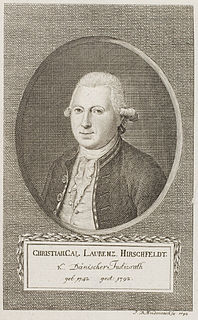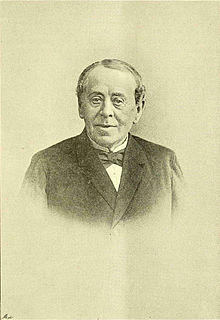 W
WPomology is a branch of botany that studies fruit and its cultivation. The term fruticulture—introduced from Romance languages —is also used.
 W
WKorbinian Aigner, known as the Apfelpfarrer, was a Bavarian Catholic priest and pomologist.
 W
WAlexandre Joseph Désiré Bivort (1809–1872) was a Belgian horticulturalist, specialising in pomology. He was particularly influential in systematising the nomenclature of strains of pear.
 W
WGeorge McMillan Darrow (1889–1983) was an American horticulturist and the foremost authority on strawberries. He worked for the United States Department of Agriculture (USDA-ARS) for forty-six years as the pomologist in charge of research on deciduous fruit production, and authored a multitude of papers on planting and cultivating small fruits.
 W
WAugust Friedrich Adrian Diel was a German physician and founder of pomology at the turn of the 19th century.
 W
WCharles Downing, was an American pomologist, horticulturist, and author.
 W
WSir Ronald George Hatton, was a British horticulturalist and pomologist.
 W
WChristian Cay Lorenz Hirschfeld was a German Enlightenment gardening theorist, academic in philosophy and art history in the service of Denmark and a writer, notable for several books. He advocated for sensitive Romantic gardens in the English landscape style.
 W
WFerdinand Jühlke was a Prussian horticulturist. He devoted much of his career to teaching and also wrote a number of highly influential books on gardens and garden design, though it is fair to add that his influence was greater in the Prussian north of Germany than in the south.
 W
WDavid Karp is an active pomologist, traveler and writer, who calls himself a Fruit detective.
 W
WCarl Friedrich Kotschy was an Austrian Protestant theologian and botanist born in Teschen. He was the father of botanist Theodor Kotschy (1813-1866).
 W
WJohn Van Mons Lindley, pomologist and early nurseryman, was born in Monrovia, Indiana. He was also known as John Van Lindley, but as an adult preferred the name J. Van Lindley. He was the second son of Joshua Lindley, one of the earliest pomologists in both Indiana and North Carolina and a prominent Quaker. He was the great-great-grandson of Thomas Lindley, Sr., on whose land the Battle of Lindley's Mill was fought.
 W
WEduard Lucas was a German pomologist.
 W
WIvan Vladimirovich Michurin was a Russian practitioner of selection to produce new types of crop plants, Honorable Member of the Soviet Academy of Sciences, and academician of the Lenin All-Union Academy of Agriculture.
 W
WJohann Georg Conrad Oberdieck was a German clergyman and pomologist.
 W
WSzczepan Aleksander Pieniążek (1913–2008) was a Polish pomologist, professor of the Warsaw University of Life Sciences, and a vice-president of the Polish Academy of Sciences. He was a pioneer in Polish horticulture, which was in need of reform after World War II. Having studied in the United States, Pieniążek brought to Poland innovative solutions to various fruit-growing problems. In his scientific research, he generally focused on pomology, plant physiology, and conservation of orchards. He published over one hundred publications, including an academic handbook "Horticulture".
 W
WAlexandra Smirnoff was a Finnish scientist, pomologist and writer. Her research had great influence in contemporary pomology in particularly Finland and Sweden.
 W
WWilliam Alexander Spinks Jr. (1865–1933) was an American professional player of carom billiards in the late 19th and early 20th centuries. He was often referred to as W. A. Spinks, and occasionally Billy Spinks. In addition to being amateur Pacific Coast Billiards Champion several times, a world-champion contender in more than one cue sports discipline, and an exhibition player in Europe, he became the co-inventor of modern billiard cue chalk in 1897.
 W
WMarshall Pickney Wilder was a Massachusetts merchant, amateur horticulturalist, and politician who served in the Massachusetts House of Representatives, on the Massachusetts Governor's Council as a member and President of, the Massachusetts Senate.
 W
WAlbert Franklin Yeager was an American horticulturalist. From his work developing hardy vegetables and fruits at the North Dakota Agricultural College (NDAC) and the North Dakota Agricultural Experiment Station (NDAES), he was known as the "plant wizard of the north" and the "Luther Burbank of North Dakota."